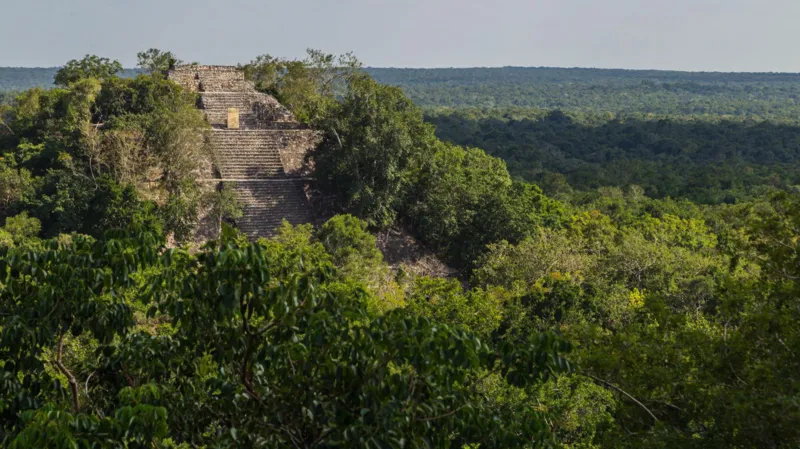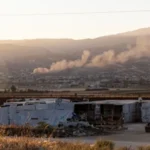In the southeast state of Campeche, archaeologists discovered pyramids, sports fields, causeways that connected districts, and amphitheaters.
Using Lidar, a kind of laser survey that identifies structures concealed under foliage, they discovered the secret complex, which they have named Valeriana.
They think that Calakmul, which is regarded as the biggest Maya site in ancient Latin America, is the site with the second-highest density.
When one archaeologist looked through data online, the team “by accident” found three sites overall, the size of Edinburgh, the capital of Scotland.
“I discovered a laser survey conducted by a Mexican organization for environmental monitoring on page 16 of my Google search.
It was a Lidar survey, a remote sensing method that uses the time it takes for the signal to return to map objects below by firing thousands of laser pulses from an aircraft.
However, Mr. Auld-Thomas discovered what others had overlooked when he processed the data using archeologist techniques: a massive ancient city that may have had a population of 30 to 50,000 at its height between 750 and 850 AD.







